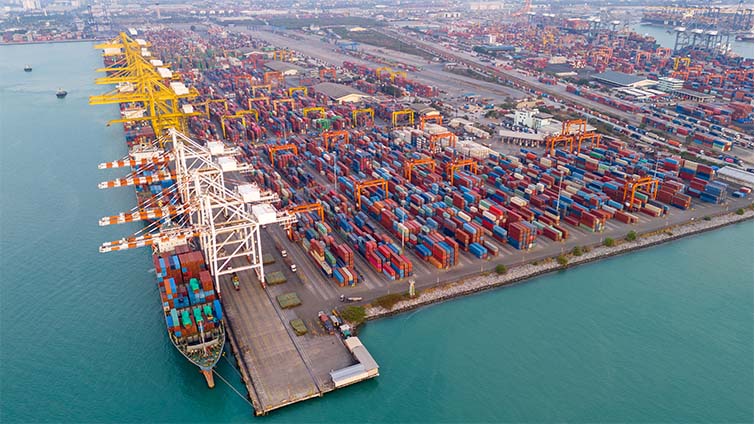Expect a spike in intermodal container demand from the West Coast

Concerns over tariffs
Historically, the West Coast is the demand engine for the U.S. intermodal market. A large portion of that is driven by port activity, specifically the ports of Los Angeles and Long Beach. West Coast ports experienced a significant drop in volume in May, but temporary U.S. tariff reductions are bringing a steady increase of pent-up freight from China starting in June.
This, in turn, is expected to cause a spike in demand for intermodal containers from the West Coast. For shippers importing inventory without hard deadlines for arrival, it’s ideal freight to take advantage of the cheaper cross-country costs of intermodal without much worry about the longer transit time.
It remains to be seen how big or long of a surge it will be, with some importers having already pulled freight forward in April in anticipation of higher U.S. tariffs. Other shippers paused their production orders while waiting for clarity on the tariff situation. Now those China-based manufacturing lines are spinning back up to produce as much as they can to export to the United States before tariff reductions are scheduled to end in mid-August.
Pre-emptive cost savings opportunities
Intermodal spot pricing from the West Coast is expected to increase beginning in early June through mid-August, with Los Angeles seeing the highest increases. Any shipper that can avoid unplanned or spot market shipping in those months will see cost savings.
For freight that can’t wait, shippers that line up capacity early will see the best rates. Unless you consistently ship year-round from the West Coast, you’ll likely pay surge rates. The best way to secure capacity at the most competitive price is to plan now, be flexible with ship dates, and try to ship early in the week. Generally, empty container trains come in over the weekend, when the rail ramps are less busy.
For inbound freight to Southern California, the next few months should see some smaller reductions in the spot market with very little concern for capacity constraints. Intermodal shipments not touching the West Coast should see normal seasonal patterns, with produce in Texas and Georgia leading to a slight increase in demand in those states.
Improving comparisons to truckload
Rail carriers have been staying attuned to the truckload spot market, allowing the gap between over-the-road truckload and intermodal spot rates to widen over 25% on average in April.
The railroads appear to be keeping their spot market rates near the floor while truckload rates fluctuate. With truckload rates pushing upward during produce season, it’s possible intermodal rates may follow. This does not apply to the southern California market, where rail carriers are already starting to nudge rates up week-over-week to match demand.
Service and equipment expectations
Service remains near or just below five-year averages. Even with the expected surge in volume, long-term chassis or container shortages are not expected, even in Los Angeles. Overall, there’s enough latent capacity to meet demand.